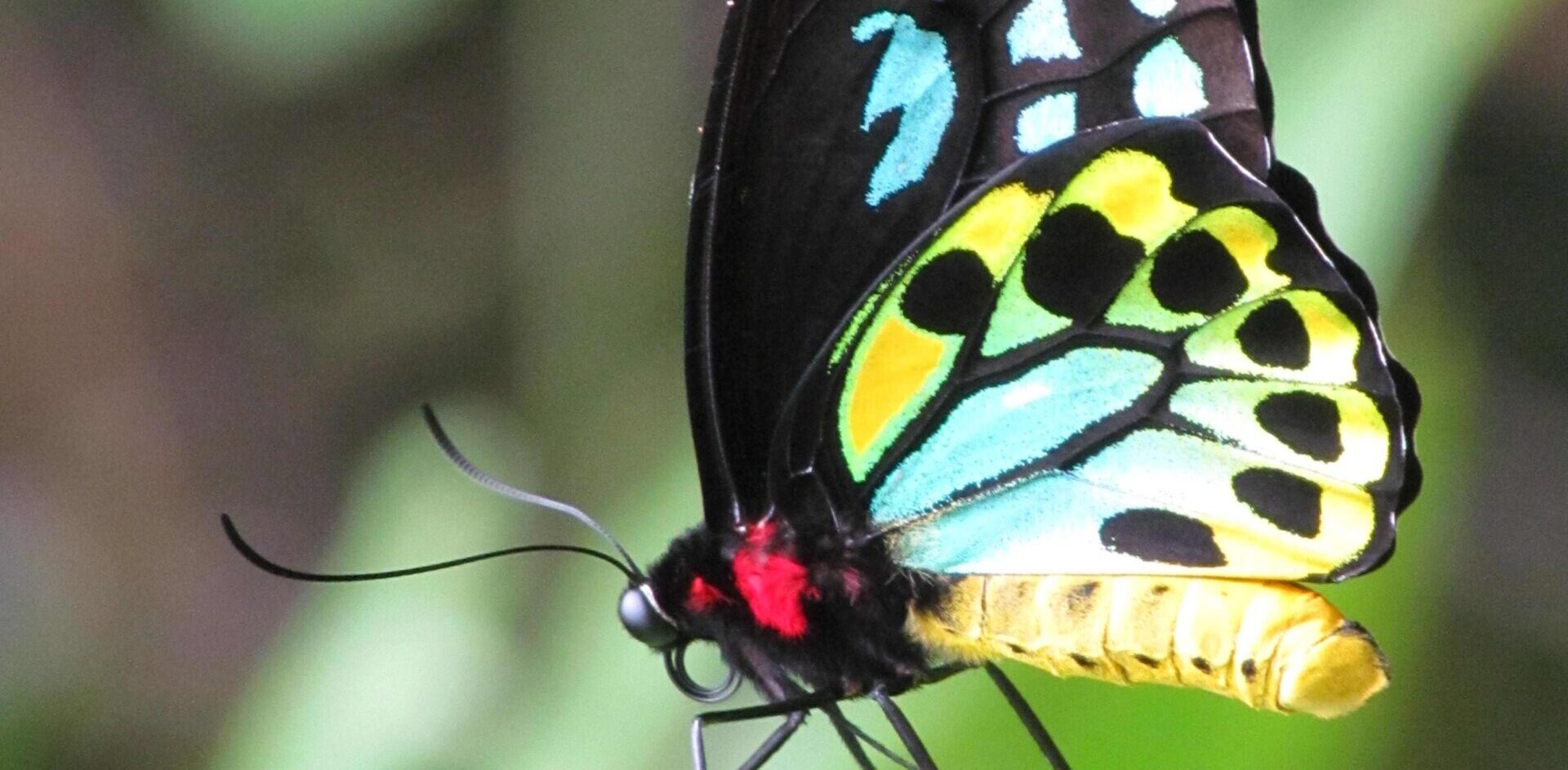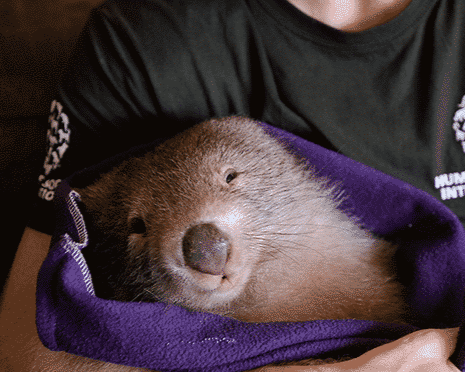The Newsletter of Humane World for Animals' Wildlife Land Trust • Issue 30 • 2025 Read More
The NSW Greyhound Racing Prohibition Bill 2016 passed through the NSW parliament this Wednesday by 49 votes to 30. Amongst other things, the Bill authorises the appointment of a Greyhound Racing Administrator to wind up greyhound racing in NSW and makes provision for the welfare of greyhounds affected by the closure of greyhound racing.
This outcome represents a triumph for animal protection advocates who have worked tirelessly to put an end to the large-scale killing and exploitation of greyhounds in the racing industry.
In comparison to the usual glacial pace by which animal protection law reform progresses, what has been achieved in relation to the greyhound racing industry feels like animal protection law reform in the fast lane. The passing of the Greyhound Racing Prohibition Bill 2016 is a perfect moment to briefly reflect on how this astounding outcome was achieved.
Although the greyhound racing industry has been the subject of various inquiries relating to matters of integrity, until relatively recently it was rare to find anyone questioning the use and abuse of greyhounds in the racing industry and there was little mention of the number of dogs killed per year. Perhaps the first Australian journalist to raise awareness of this problem was Lorna Edwards in her 2004 article ‘Hounded to Death’.[1]
Media reports such as Edwards’s were validated when, in 2008, Judge G D Lewis raised the issue of large-scale killing of greyhounds in the context of a review into integrity assurance in Victoria’s racing industry.[2] Indeed, His Honour went outside the review terms of reference to make a point about the large-scale killing of greyhounds in Victoria, noting that only around 15% of greyhounds bred for racing in Victoria each year lived a full life span. Judge Lewis referred to the large-scale killing of greyhounds by the racing industry as ‘a carnage’. Given that the number of litters registered in Australia indicated that around 20 000 dogs were bred each year, it appeared that, across Australia, approximately17 000 greyhounds were being killed each year. In 2012, Brent Hogan (CEO of Greyhound Racing NSW at that time) disclosed that approximately 3000 greyhounds bred for the racing industry were killed every year in NSW.
Increasing community awareness of these estimates and the growth of interest in greyhound adoption programs saw a swell of community support for greyhound protection. Animal protection agencies began to call for the industry to be phased out.
In NSW, over the 2013 -2016 period we witnessed two inquiries into NSW’s greyhound racing industry. John Kaye, Greens Member of the NSW parliament, was a champion of greyhound protection and the need for industry integrity.

“As long as there is commercial greyhound racing, there will be animal cruelty.” – John Kaye
The Greens moved the motion to create the 2013 Select Committee on Greyhound Racing in NSW. However, after the 2013 Committee tabled its recommendations, media revelations of live-baiting within the industry led to the establishment of the 2015 Special Commission of Inquiry into the Greyhound Racing Industry in New South Wales. Again, John Kaye was at the forefront, advocating for the establishment of a Special Commission and the need to ensure it had the investigate powers it would require to shine a light into the dark corners of the industry.
The 2015 Special Commission received over 151 000 pages of evidence and 804 wide-ranging submissions (3875 pages). The evidence put before the Special Commission suggested that, over a 12 year period, ‘between 48 891 and 68 448 dogs were killed because they were considered too slow to pay their way or were unsuitable for racing’.[3] This horrific figure can be considered central to Commissioner McHugh’s conclusion that the NSW greyhound racing industry had lost its social licence.

Supporters brought their greyhounds to rally at Newtown, Sydney on 17th July 2016 to support the ban.
Greyhound protection has developed into nothing short of a social phenomenon across the country. It will need to grow as the industry is phased out and thousands of greyhounds will be in need of loving homes.
Lastly, at this moment, the point at which the NSW Greyhound Racing Prohibition Bill 2016 has passed through the NSW parliament, it is timely to acknowledge the work and commitment of past Greens MP John Kaye. Sadly, Mr Kaye passed away in May 2016, just a few months before this landmark achievement, in which he played a major role and was a tenacious advocate. He was and will be remembered as a true friend of the hound.
[1] The Sydney Morning Herald (Sydney) 25 October 2004.
[2] Judge G. D Lewis AM, A Report on Integrity Assurance in Victoria’s Racing Industry (2008).
[3] Michael McHugh, Special Commission of Inquiry into the Greyhound Racing Industry in New South Wales (16 June 2016)


